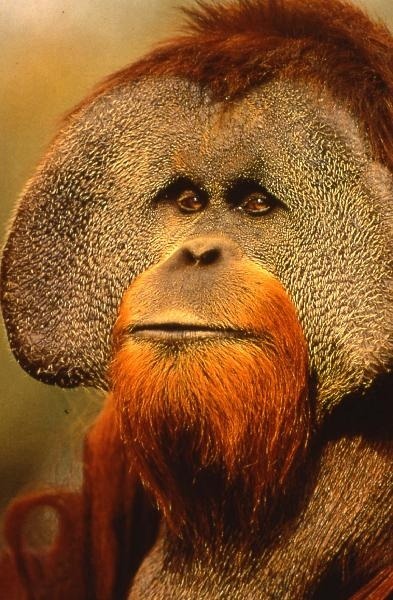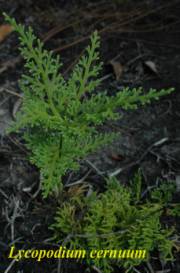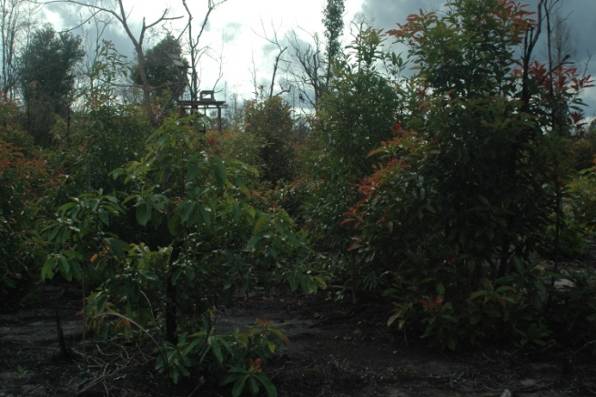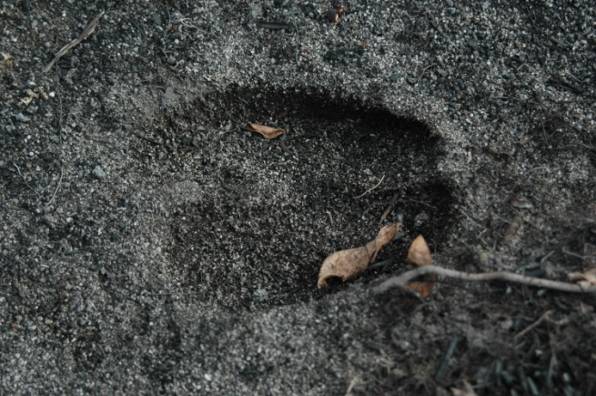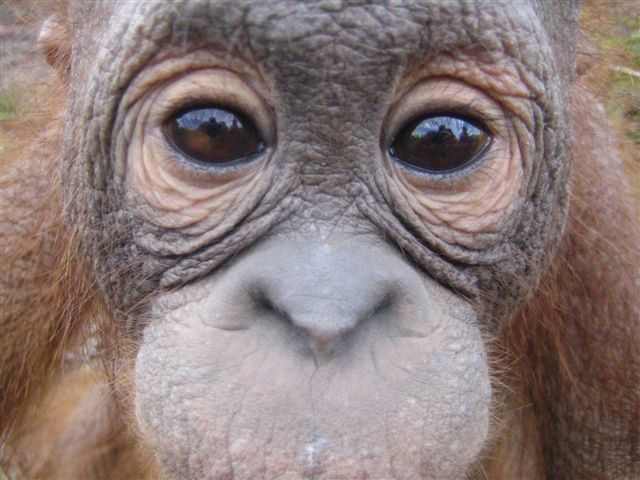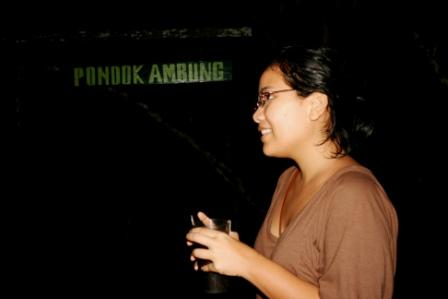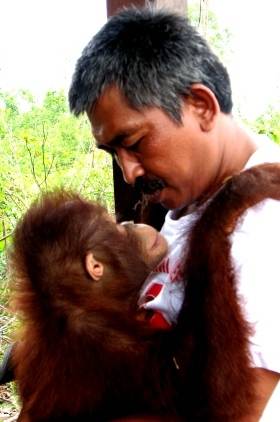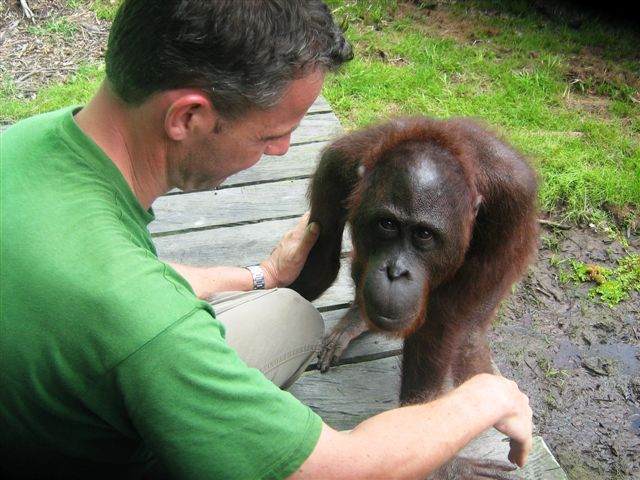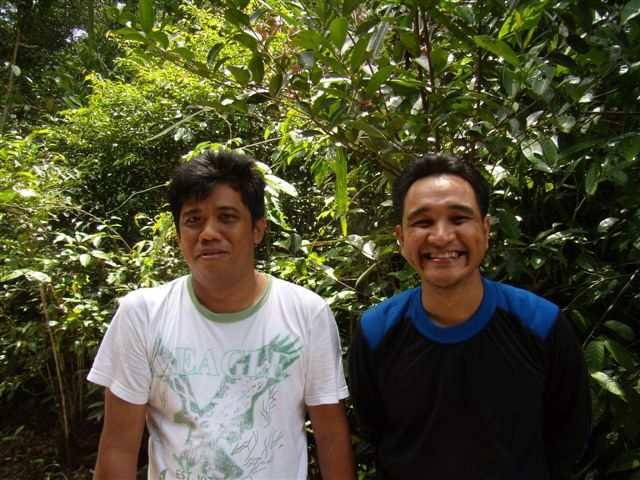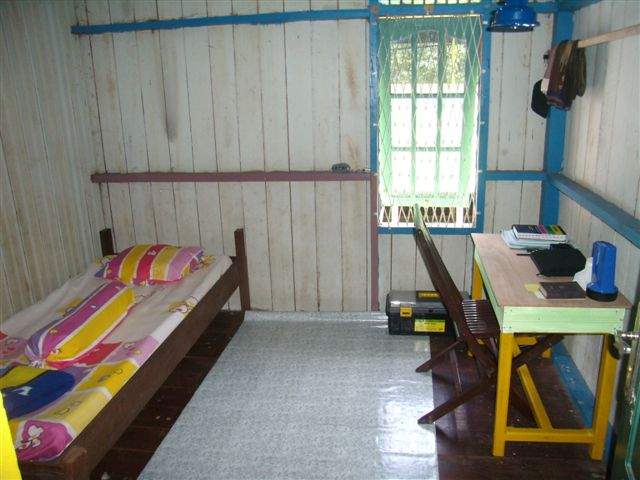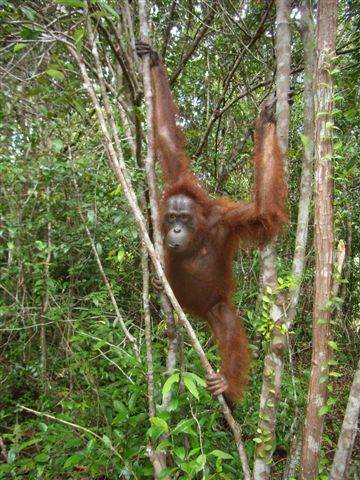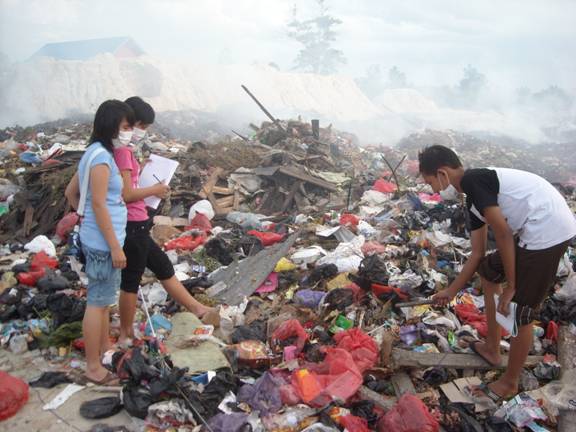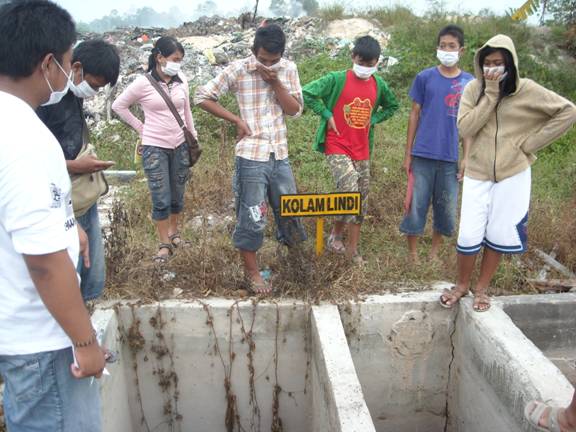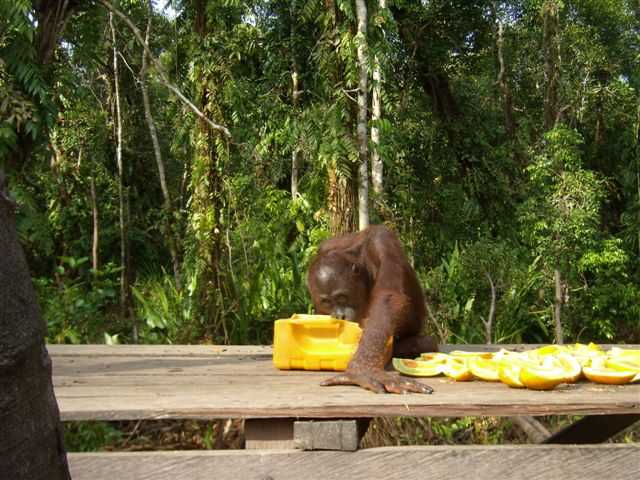The article below appeared in the National section of the Jakarta Post on Friday 13th February and it causes great reason for concern.
Govt to allow peatland plantations
Adianto P. Simamora , THE JAKARTA POST , JAKARTA | Fri, 02/13/2009 10:02 AM | National
The Agriculture Ministry will issue a decree to allow businesses to dig up the country’s millions of hectares of peatland for oil palm plantations.
Gatot Irianto, the ministry’s head of research and development, said his office was currently drafting a ministerial decree that would explain in detail the mechanism to turn the peatland areas into oil palm plantations, a move that many say will further damage the country’s environment.
“We still need land for oil palm plantations. We must be honest: the sector has been the main driver for the people’s economy,” he said Thursday on the sidelines of a discussion about adaptation in agriculture, organized by the National Commission on Climate Change.
The draft decree is expected to go into force this year.
“We’ve discussed the draft with stakeholders, including hard-line activists, to convince them that converting peatland is safe,” he said.
“We promise to promote eco-friendly management to ward off complaints from overseas buyers and international communities.”
Indonesia is currently the world’s largest crude palm oil (CPO) producer, and is expected to produce about 19.5 million tons this year.
Overseas buyers, however, have complained about Indonesia’s CPO products, saying they are produced at the expense of the environment.
Activists point to the massive expansions of plantations, including in peatlands, for the deaths of large numbers of orangutans in Kalimantan and Sumatra and for releasing huge amounts of carbon emissions into the atmosphere.
Indonesia has about 20 million hectares of dense, black tropical peat swamps — formed when vegetation rots — that are natural carbon storage sinks.
A hectare of peatland can store between 3,400 and 4,000 tons of carbon dioxide (CO2), but emits a much larger amount when burned.
Asked about the contribution to global warming, Gatot said trees planted in peatlands would absorb greenhouse gas emissions.
“The peatland will produce emissions only in the opening of the land, but this will be reabsorbed after new trees are planted,” he said.
However, a World Bank report from 2007 showed Indonesia was the world’s third biggest carbon emitter after the US and China, thanks mainly to the burning of peatlands.
A Wetlands International report from 2006 said Indonesia’s peatlands emitted around 2 billion tons of CO2 a year, far higher than the country’s emissions from energy, agriculture and waste, which together amount to only 451 million tons.
The country would have ranked 20th in the global carbon emitter list if emissions from peatlands were not counted.
The ministerial decree is being drafted at a time when President Susilo Bambang Yudhoyono is still preparing a decree on peatland management in an effort to help combat global warming.
The draft of the presidential decree, drawn up in 2007, calls for tightened supervision on the use of peatlands across the country.
